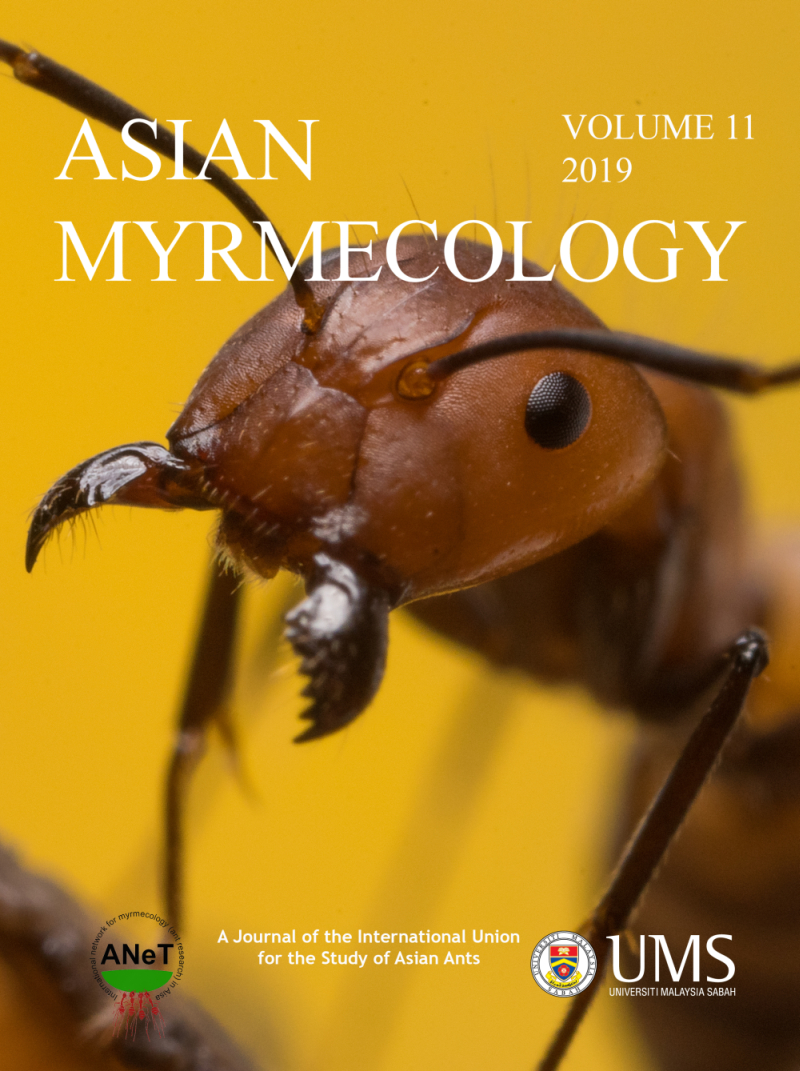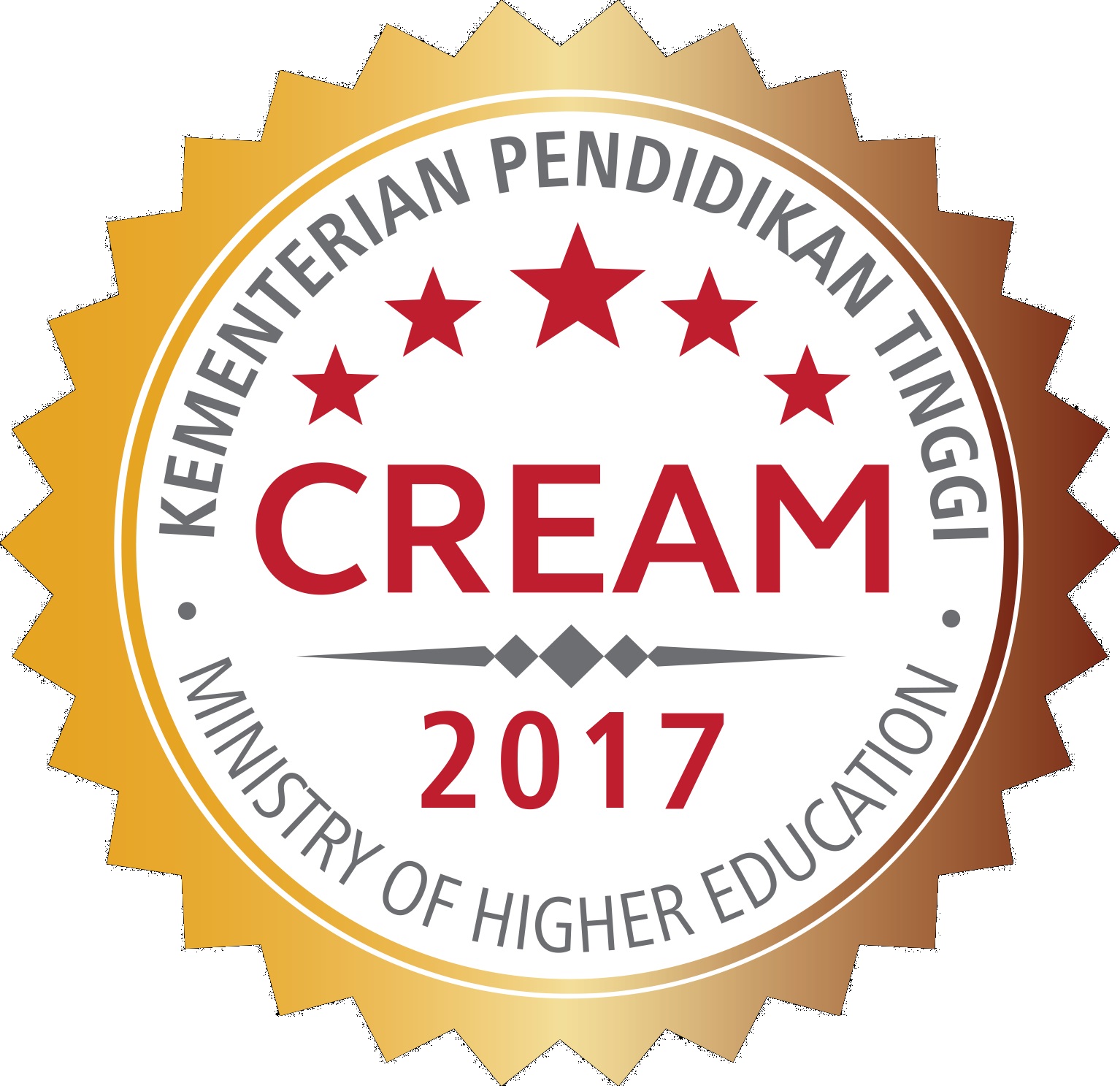ASIAN
MYRMECOLOGY
Image: François Brassard
Applied Myrmecology
Asian Myrmecology, Volume 5, pages 177-184, published March 2013
DOI: 10.20362/am.005018
Utilisation of multiple queens and pupae transplantation to boost early colony growth of weaver ants Oecophylla smaragdina
RENKANG PENG1*, MOGENS GISSEL NIELSEN2, JOACHIM OFFENBERG3 & DORTHE BIRKMOSE4
Abstract:
Weaver ants (Oecophylla smaragdina (Fabricius)) have been increasingly used as biocontrol agents of insect pests and as insect protein for human food and animals. For either of these purposes, mature ant colonies are essential. However, for a newly established colony to develop to a suitable mature size takes three years, which is too long for most users to spend rearing them. Multiple queens and non-nestmate pupae transplantation may be ways to boost early colony growth. An experiment on newly-founded O. smaragdina colonies with two, three and four founding queens, together with transplantation of 0, 30 and 60 non-nestmate pupae from a mature donor colony, was conducted in 2010 at Darwin, Australia. The survival rates of the workers from transplanted pupae ranged between 73 and 97%, suggesting that queens in incipient colonies accepted foreign pupae. At the end of the experiment, colony size was positively related to the number of founding queens. Compared with the colonies without pupae transplantation, colonies with 30 and 60 transplanted pupae produced 110% and 200% more brood, respectively. Production of 476% more brood was achieved by four-queen colonies with 60-pupae transplantation than by two-queen colonies without pupae transplantation. These results suggest that selecting incipient colonies with multiple queens, and increasing worker numbers by transplanting pupae from other colonies, will promote early colony growth of weaver ants.
Keywords:
Oecophylla smaragdina, Oecophylla ant farming, incipient colony boost, biological control, edible ant production
Get PDF (665K):
1Research Institute for the Environment and Livelihoods, Charles Darwin University, Darwin NT 0909, Australia
2Department of Bioscience, Aarhus University, C.F Møllers Allé 3, DK-8000 Aarhus, Denmark
3Department of Bioscience, Aarhus University, Vejlsøvej 25, DK-8600 Silkeborg, Denmark
4Australian Aboriginal Art and Culture, Jupitervej 4, DK-8270 Højbjerg, Denmark
*Corresponding author: renkang.peng@cdu.edu.au



